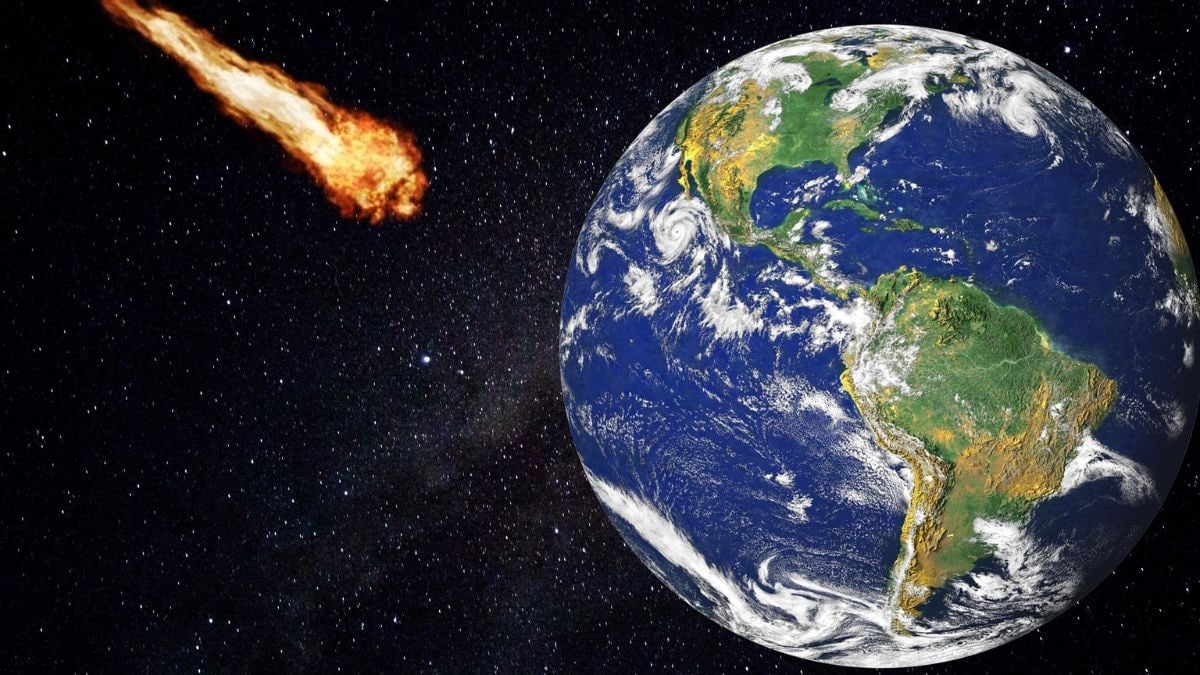A mysterious object from space crashed into the ocean off the coast of Papua New Guinea in 2014. Called the CNEOS 2014-01-08, the meteorite has still kept scientists puzzled about its origin but initially, it was speculated that it could be an interstellar object. After its discovery, researchers namely then graduate Amir Siraj, and Harvard professor Avi Loeb first suspected its possible interstellar origin. Now, they are chalking up plans to scan the ocean floor for the object and have described their idea in a new research paper.
The object is estimated to be some half-metre wide and researchers have used catalog data on the object’s trajectory to dig out information on it. They noted the high heliocentric velocity of the object and concluded that it could belong to a place beyond our solar system. This meant that with such speed, it was indicative that the meteorite was not bound by the gravity of the Sun. Siraj and Loeb used data from a US Department of Defense spy satellite to measure the object’s impact on Earth.
However, the satellite is used for monitoring Earthly military activities and the exact error values of measurement taken by it are not in the public domain. Hence, this makes it difficult to confidently declare CNEOS 2014-01-08 as an interstellar object.
The findings of Siraj and Loeb were echoed by the US Space Force’s Space Operations Command’s Chief Scientist, Joel Mozer in 2019. He, after analysing the data on the object “confirmed that the velocity estimate reported to NASA is sufficiently accurate to indicate an interstellar trajectory.”
6/ “I had the pleasure of signing a memo with @ussfspoc‘s Chief Scientist, Dr. Mozer, to confirm that a previously-detected interstellar object was indeed an interstellar object, a confirmation that assisted the broader astronomical community.” pic.twitter.com/PGlIOnCSrW
— U.S. Space Command (@US_SpaceCom) April 7, 2022
Now, researchers have aimed at searching for the fragments of the meteorite that could be scattered on the ocean floor. For this, the tracking data from the satellite and wind and ocean current data can help narrow down their search.
For the latest tech news and reviews, follow Gadgets 360 on Twitter, Facebook, and Google News. For the latest videos on gadgets and tech, subscribe to our YouTube channel.


